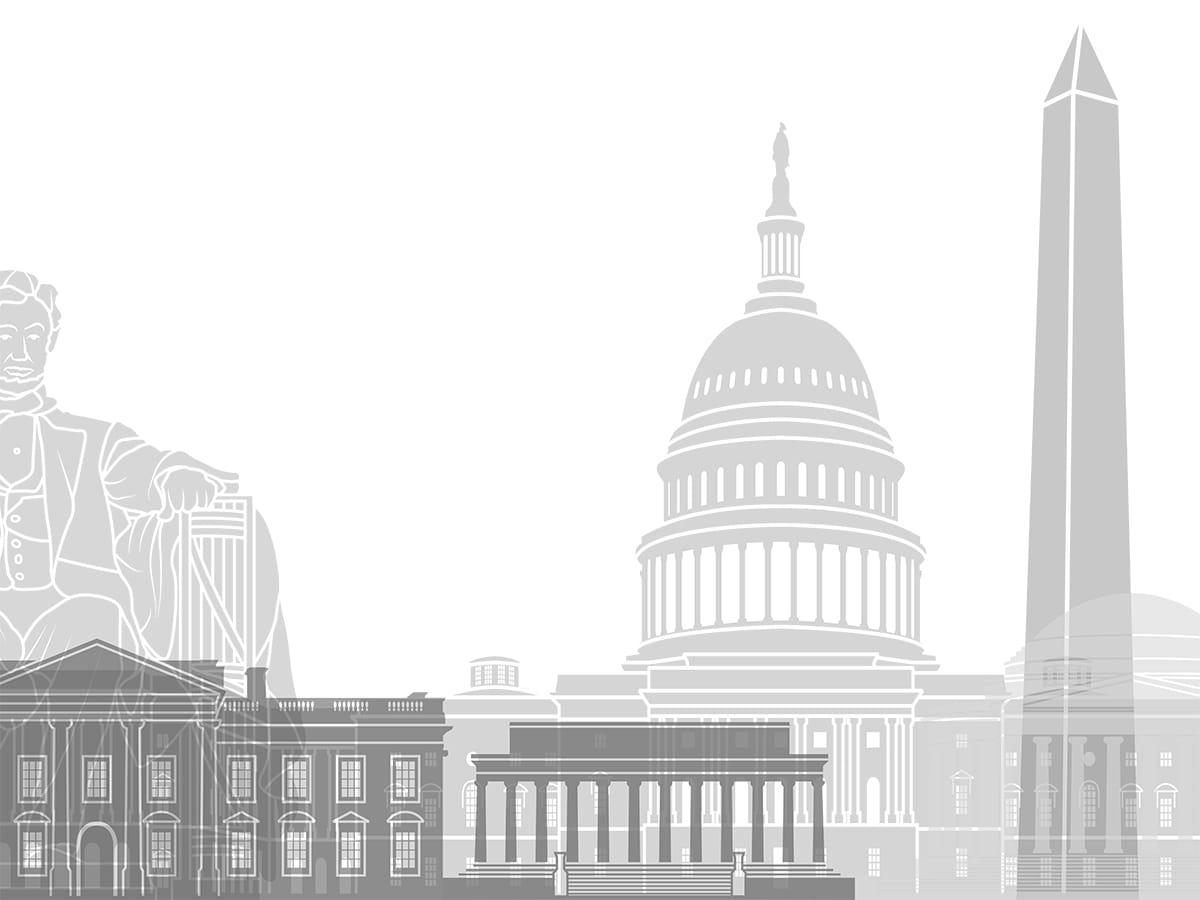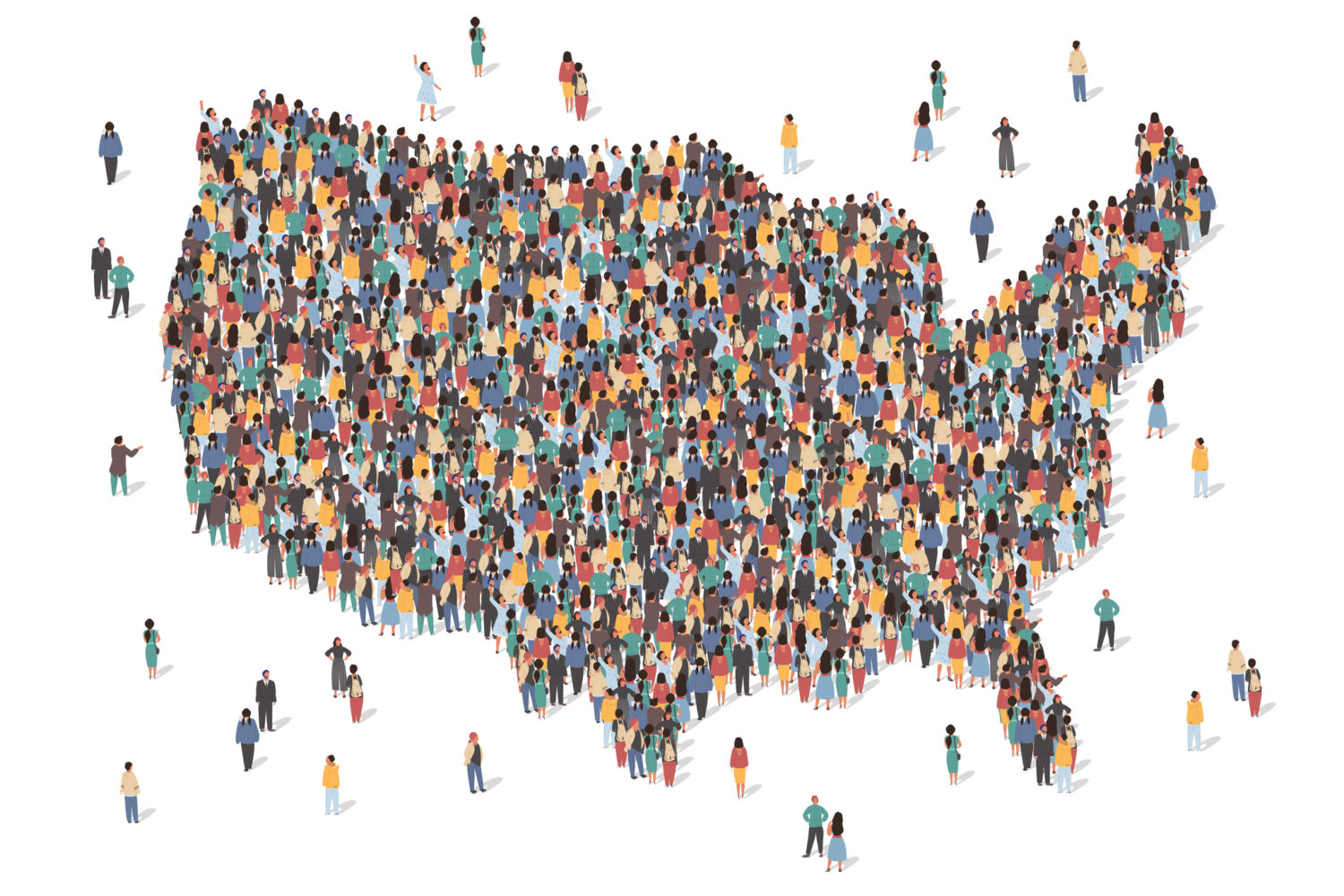The District of Columbia’s resident population grew more than 14 percent from 2010 to 2020, the US Census Bureau announced Monday, from 601,723 in the 2010 count to 689,545 last year. That’s a healthy gain, and though DC still has more residents than Wyoming or Vermont, the number is smaller than the Census’s estimate last year that DC would grow to 712,816 residents. In 2018, DC Mayor Muriel Bowser celebrated an estimate from the DC Office of Planning’s State Data Center that said DC would hit 700,000 that year and named two newborns as the people who purportedly put the District over the 700K mark.
Maryland and Virginia, on the other hand, both outperformed last year’s estimates. Maryland’s apportionment population, which determines how many congressional representatives a state receives, grew nearly 7 percent to 6,185,278. Its number of seats in the US House of Representatives will remain at eight. Virginia’s apportionment population grew almost 8 percent, to 8,654,542. It will maintain 11 seats in the House.
Nationwide, US population grew to 331,108,434, its second-slowest increase since the count began. Texas, Florida, Oregon, Colorado, North Carolina, and Montana will all gain seats as a result of the count; California, New York, Illinois, West Virginia, Michigan, Ohio, and Pennsylvania will lose one seat each. The new count would have given Donald Trump three more electoral votes if last year’s presidential election were rerun, NPR reports, but that wouldn’t have been enough for him to hold off Joe Biden’s challenge. New York would have retained a seat if 89 more people had been counted, a Census official said Monday.
DC, of course, has no voting representation in Congress, so its fortunes are unaffected by the count. If the statehood bill recently passed by the House of Representatives were to accomplish the unlikely task of clearing the Senate, DC would receive one seat in the House and two senators.



















